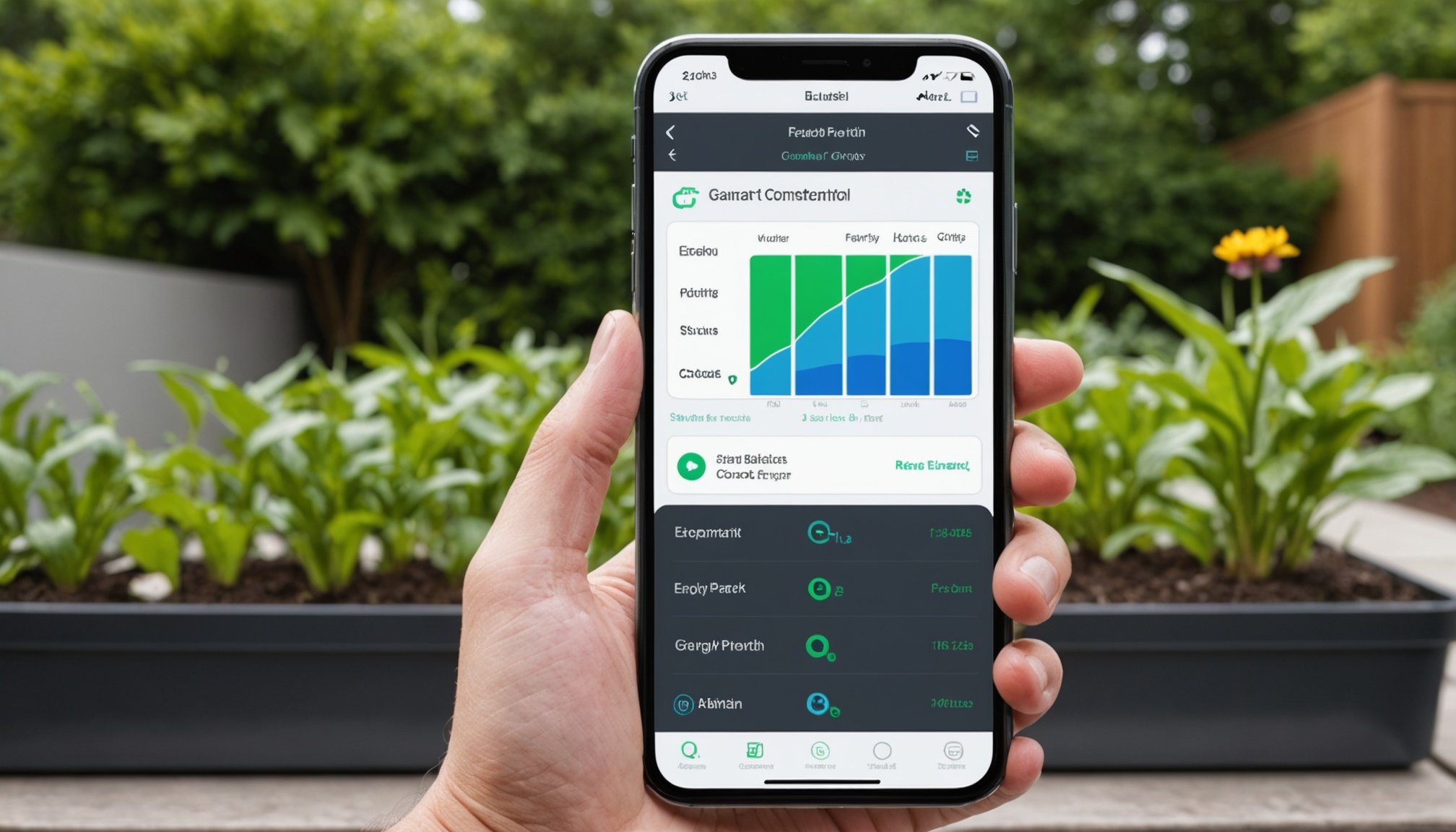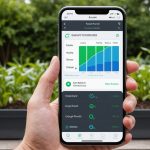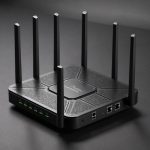Understanding Smart Garden Technology
Smart garden technology grants homeowners new tools to enhance their gardening practices by integrating automation and IoT gardening. This technology encompasses a variety of components such as smart sensors, plant-health monitoring systems, and even climate control solutions specific to plants’ needs. Users can allow these devices to communicate through IoT systems, creating an interconnected garden ecosystem.
The implementation of smart garden technology brings substantial benefits. It allows for precise applications of water and nutrients, reducing waste and promoting sustainable practices. Moreover, it assists with garden automation, allowing plants to receive light and hydration based on real-time data, saving both time and resources.
In the same genre : Revamp Your Grocery Shopping: Unlock Smart AI Tips on Your Smartphone!
Key terms in smart gardening include sensors, which gather vital information about your plants and environment, such as light, moisture, and temperature. These sensors form the backbone of IoT gardening by providing actionable data. Garden automation, a significant aspect of the smart garden, involves using devices that perform tasks automatically based on sensor data, such as adjusting irrigation schedules.
Using smart technology, gardeners can achieve a higher level of efficiency, ensuring their plants thrive while contributing positively to environmental sustainability. This integration of tech-savvy tools highlights the future of gardening, blending tradition with innovation for a more productive and eco-friendly garden.
Also read : Transform Your Pet Care Routine: The Comprehensive Smart Home Manual with Smartphone Connectivity
Essential Devices for Smart Gardening
Smart gardening devices revolutionise the way we cultivate plants, offering increased control and efficiency. Among the must-have tools in this domain, sensors play a pivotal role. These devices measure essential parameters like soil moisture, temperature, and light levels, directly influencing plant health. By collecting and relaying this data, sensors enable gardeners to make informed decisions, reducing guesswork and promoting optimal growth conditions.
In addition to sensors, a variety of garden management systems are available that further enhance the gardening experience. These systems integrate multiple smart devices, creating a cohesive network to automate tasks such as watering and lighting. They provide a comprehensive overview of the garden’s status, often accessible via smartphones or dedicated displays.
Comparing different smart garden management systems can reveal variations in features and capabilities. Some systems offer in-depth analysis and recommendations based on sensor data, while others focus more on user-friendly interfaces and ease of installation. When choosing a system, consider the specific needs of your garden and the level of automation you wish to achieve.
These smart gardening devices empower users to maintain healthy, thriving gardens with minimal manual intervention, aligning traditional gardening with modern technology for a seamless and efficient gardening experience.
Smartphone Integration for Garden Control
Smartphone integration in gardening offers unprecedented convenience through intuitive garden apps. These apps enable remote control gardening, allowing users to manage their garden from anywhere. With just a tap, change settings, monitor plant health, or adjust irrigation schedules. Such integration is pivotal in simplifying garden management.
Overview of Compatible Apps
Numerous compatible apps facilitate seamless interactions between smartphones and garden devices. Notable options include apps like PlantLink and GreenIQ, known for their user-friendly interfaces and comprehensive features. These apps offer vital insights, automate routines, and enhance garden management.
Setting Up Your Device
To set up, install a compatible app that matches your smart gardening device. Connect the app to your devices via Wi-Fi or Bluetooth. Follow the prompts to link each tool, ensuring they communicate efficiently. Many apps provide step-by-step guides to streamline setup, eliminating guesswork.
Managing Multiple Devices
Efficient control of numerous devices through one interface is crucial for streamlined garden automation. Choose apps that support multiple device management and set preferences for each tool. Utilize dashboards to oversee connected systems, ensuring harmony among your smart gardening devices. This simplifies the process and maximises system efficiency, making it an invaluable component of IoT gardening.
Smart Irrigation Systems
Smart irrigation systems are revolutionising water management in gardening. These systems leverage technology to optimise water usage, ensuring plants receive the exact amount needed without waste. Automated watering systems, central to this innovation, adjust water delivery based on weather data, soil moisture levels, and plant requirements, significantly enhancing gardening efficiency and sustainability.
Implementing smart irrigation brings numerous benefits. Water management is improved, reducing overwatering and conserving a precious resource. Automated schedules adapt to changes in weather and seasonal needs, creating a responsive and eco-friendly approach to watering. This not only saves water but also lowers utility costs, proving cost-effective for homeowners.
Scheduling and controlling watering via smartphones further enhances convenience and precision. Once integrated with your smartphone, apps offer user-friendly interfaces for setting specific watering times tailored to different plant zones. They also facilitate real-time updates and adjustments, ensuring optimal conditions for plant health.
Incorporating smart irrigation systems is a step towards a more sustainable future in gardening. By embracing these technologies, gardeners can ensure their plants thrive, contributing positively to the environment while enjoying less manual intervention. This shift makes gardening more enjoyable and efficient, aligning with modern sustainable living practices.
Monitoring and Maintenance Through Your Smartphone
Maintaining a thriving garden is made easier with smart maintenance tools accessible through your smartphone. These tools offer convenience in garden monitoring, providing real-time data and insights to manage your garden effectively.
Tools for Monitoring and Plant Health Tracking
The use of apps designed for plant health tracking allows users to monitor essential parameters such as soil moisture, temperature, and light exposure. These apps gather data from sensors and provide actionable insights to ensure optimal plant health. Advanced features in some apps include data analysis, predicting potential issues before they affect your garden. Early detection is key to resolving problems without disrupting plant growth.
Smart Maintenance Tips
Routine maintenance is integral to sustaining an eco-friendly garden. Smart technology assists in scheduling regular tasks like irrigation and fertilisation, minimising the need for manual intervention. Smart apps can alert users about necessary maintenance activities, reducing oversight and ensuring your garden’s needs are consistently met.
To maximise the benefits of smart maintenance, regularly update your app settings and ensure all devices are synced for accurate monitoring. This proactive approach allows for a healthier garden environment with less effort. By integrating technology with gardening, you align with sustainable practices while enhancing the overall gardening experience.
Troubleshooting Common Issues
Embracing smart garden technology often introduces challenges. Understanding potential problems can ensure smooth operation.
Identifying Common Problems
Common issues in smart gardening include connectivity problems, sensor inaccuracies, and software glitches. Connectivity problems often stem from poor Wi-Fi signals or incorrect device settings. Sensor inaccuracies may arise due to improper placement or calibration errors, affecting data precision and garden automation.
DIY Solutions
Addressing these issues involves simple DIY solutions. For connectivity, ensure the devices are within Wi-Fi range and that the network settings are correctly configured. If sensors provide inconsistent readings, recalibrate them according to the manufacturer’s instructions and relocate them to optimal positions within your IoT gardening setup.
When to Seek Professional Help
Despite best efforts, some problems may persist. If your smart gardening devices continue to malfunction, it might be time to seek professional help. Persistent issues like software malfunctions or hardware failures require expert tech support. Contacting the device manufacturer or a qualified technician can provide tailored solutions, ensuring your smart garden operates efficiently.
Incorporating these troubleshooting techniques and knowing when to call in experts helps maintain a thriving smart garden, combining modern technology with seamless gardening practices.
Benefits and Future of Smart Gardening
Embracing smart gardening technology offers numerous long-term benefits, heralding a shift towards more advanced and environmentally friendly gardening practices. The integration of IoT gardening and garden automation ensures efficient resource management, promoting sustainability while simplifying tasks for gardeners. By leveraging precise data and automation, users can reduce water and nutrient waste, significantly decreasing environmental impact.
Future gardening trends indicate a move towards fully automated garden ecosystems. These innovations promise to offer even greater connectivity and functionality, enhancing traditional methods with advanced technology. As development progresses, expect features like artificial intelligence to provide tailored advice and solutions, adapting to individual garden needs.
Additionally, smart gardening encourages eco-friendly gardening by optimising resource usage and reducing dependency on manual intervention. This approach supports biodiversity, reduces pollution, and promotes healthier plant growth, all while conserving time and energy.
The anticipated trends and continuous technological improvements highlight the importance of staying informed and open to adopting new strategies. As the global focus shifts towards sustainable living, smart garden technology not only meets the demands of modern gardeners but also aligns with these eco-conscious goals, paving the way for a greener future.











